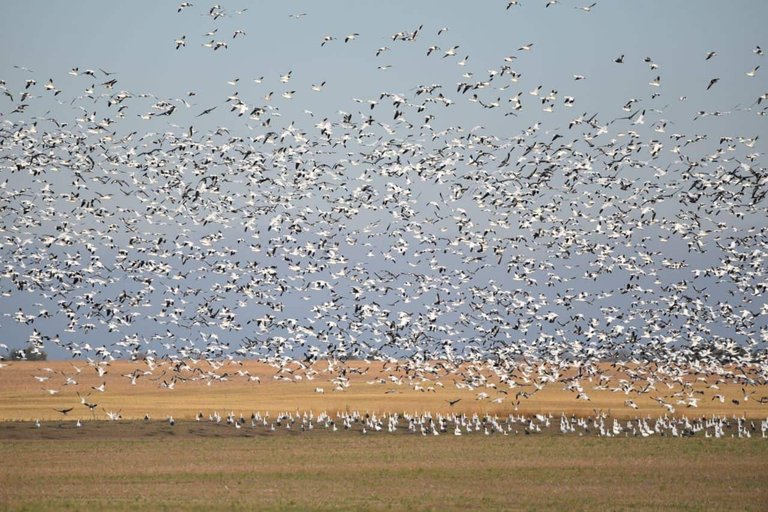Outdoors & Nature
Birdwatching Booms in Saskatchewan as Species Return
An unusually warm spring and successful conservation efforts are bringing record numbers of migratory birds back to the prairies.
Published on 2025-07-24T14:15:28
By Amira Chaudhry

Birdwatching is experiencing a surprising boom in Saskatchewan, thanks to a combination of warmer spring weather and successful conservation efforts. Ornithologists and hobbyists alike are reporting record sightings of migratory species, some of which haven’t been spotted in the province in over a decade.
At the heart of this resurgence is Last Mountain Lake National Wildlife Area, where more than 250 bird species pass through during seasonal migrations. In recent weeks, sightings have included whooping cranes, American avocets, and large flocks of snow geese.
“This is one of the best migration seasons we’ve seen in years,” said Dr. Karla Nguyen, a biologist with the Saskatchewan Conservation Society. “We’re seeing higher diversity, earlier arrivals, and healthier populations overall.”
Experts attribute the bird boom to a mild winter followed by an unusually early thaw, which has accelerated nesting and foraging opportunities. The province’s wetland restoration programs have also improved habitat quality across prairie regions.
The surge in bird activity is attracting more than just scientists. Birdwatching groups in Regina, Moose Jaw, and Prince Albert have seen membership increase by 40% this year. Guided birding tours are now booked weeks in advance.
Local tourism boards have taken notice, promoting birding trails and observation towers as eco-tourism highlights. In Wascana Centre, interpretive signs and binocular rental kiosks have been added to accommodate the growing interest.
Teachers are also integrating birdwatching into science curricula. “It’s a hands-on way to teach biodiversity and climate awareness,” said elementary teacher Brendan Holtz, whose students recently spotted a pair of rare red-necked grebes.
The uptick in sightings has also been boosted by community science apps like eBird and iNaturalist, which allow users to log and share real-time observations. These tools are helping researchers track patterns while fostering public engagement.
With more birds in flight and binoculars in hand, Saskatchewan is proving that a quiet hobby can have loud environmental benefits. Conservationists hope this season’s success will inspire continued investment in preserving prairie habitats for years to come.